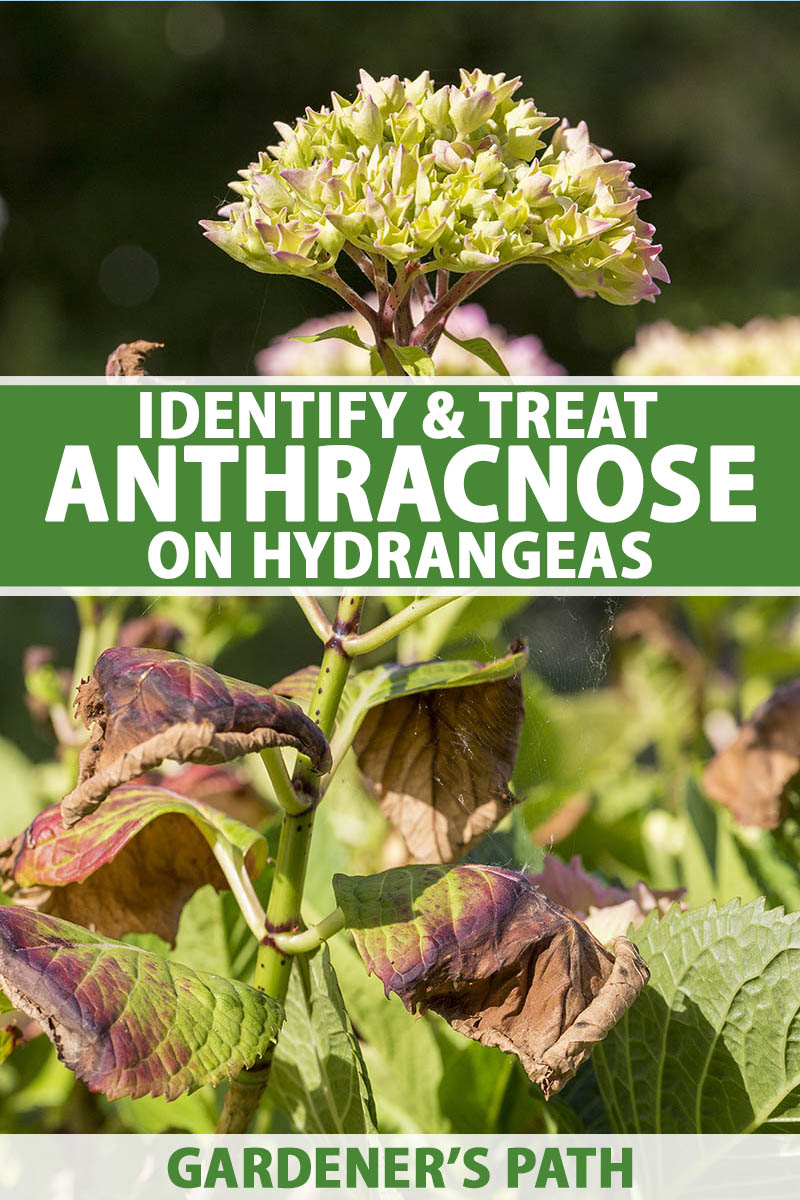Examine This Report about Hydrangea Leaves Turning Yellow
Table of ContentsFascination About Hydrangea Leaves Turning YellowThe Ultimate Guide To Hydrangea Leaves Turning YellowThe 5-Minute Rule for Hydrangea Leaves Turning YellowThe Ultimate Guide To Hydrangea Leaves Turning YellowHydrangea Leaves Turning Yellow Things To Know Before You Get ThisThe 15-Second Trick For Hydrangea Leaves Turning Yellow
The container must be huge enough so the plant can grow and get all of the water and nutrients it requires. Panicles love the full sunlight.Regardless of the selection, strategy in advance and make certain your plant has lots of security from the wind. You have a few alternatives here. You could transplant to a new location, or you could create a wind barrier using another plant, or fencing. To create a wind barrier you could, or a shrub to block the wind.
Ornamental turf, Rose of Sharon, or Holly bushes are simply a couple of concepts of plants you could use to block the wind. If you need to transplant, locate a place in your garden that is well secured from sunlight and wind. Transplanting is finest carried out in the loss or the spring.
The smart Trick of Hydrangea Leaves Turning Yellow That Nobody is Discussing
All of the above scenarios could take place to any type of gardener. The good news is for everyone, hydrangeas are very durable, and will more than likely recover extremely rapidly with a little love and treatment. The plants place is one of the most crucial factor when it involves getting well-known and proper development. With a little forethought on planting area and proper upkeep, you'll have the ability to ensure your hydrangeas!.
So, if Hydrangea leaves turn yellow and diminishes later on, it's typically because of overwatering, as the plant can not uptake water and sheds the fallen leaves to cut off transpiration. Following this, Hydrangea leaves beginning to droop and shrivel. Considering that both problems can develop yellow fallen leaves, you ought to find the distinction in between the overwatered and underwatered plant.
However, you can rescue the plant from yellow fallen leaves by offering it the proper light and positioning. If your plant obtains yellow fallen leaves, relocate it to a dark area. Area Hydrangea plants indoors near an east-facing window. Dapple the plant with curtains or UV defense sheets to block direct warm.
Hydrangea Leaves Turning Yellow Can Be Fun For Anyone
, and temperature level alterations can trigger yellowing fallen leaves and brownish areas. If it obtains also warm, the sides of the leaves come to be yellow, transform brownish and develop a crispy texture.
Heavy dirt can quickly obstruct the oxygen supply to the origins and sever the link with the top parts of the plant (fallen leaves). Hydrangea leaves change their shade if they find minor hassles in the soil structure. This issue can create the Hydrangea delegates transform yellow, deal with fallen leave decreases, and render a sagging plant in sync with overwatering.
But, yellow fallen leaves in Hydrangeas are the very first indicators of illness invasion, usually adhered to by black places, browning, drops, and wilting. Separate the diseased or pest-infested plant from the healthy like this and balanced plants to stop illness spread. If it is a yard plant, remove all the infected fallen leaves using disinfected tools and clean up all the debris.
Some Known Details About Hydrangea Leaves Turning Yellow

Avoid cutting healthy and balanced or environment-friendly fallen leaves, and do not remove even more than 25% of the plant's vegetation. The major reason behind the red leaves in Hydrangea is bad dirt or ecological problems.
Repot the plant every year in springtime or every 2 years if the growth rate is slow-moving.
Everything about Hydrangea Leaves Turning Yellow

Each reason affects the plant in a manner that can be fixed if we understand exactly how to take care of hydrangeas the my link proper way. When we chat concerning insufficient light for hydrangeas, we imply that the plant isn't obtaining adequate sunlight. Hydrangeas choose bright light, yet not direct, scorching sun. They typically flourish best with early morning sun and mid-day color.
Without enough sunlight, the leaves can turn yellow, the plant can become weak, and it might produce less flowers. To make certain a hydrangea receives adequate light, it should be placed in an area where it can enjoy the early morning light and be secured from the intense afternoon sunlight. Overwatering is when a hydrangea plant obtains more water than it needs.
Examine This Report about Hydrangea Leaves Turning Yellow

Without sufficient air, the origins can not do their job well, and the plant begins to suffer. Yellow fallen leaves may be an indicator that the plant is getting also much water. On the other hand, dehydration takes place when the plant doesn't obtain sufficient water. Like people, plants need water to remain healthy.
This trouble prevails in the fall as the climate modifications or if a hydrangea is planted in an area where it doesn't obtain sufficient warmth from the sunlight. It is very important to understand the right conditions for hydrangeas to avoid low-temperature tension. Most hydrangeas expand ideal in zones 6 to 9, where the environment is milder.
It is very important to understand that this kind of yellowing is different from the yellowing brought on by problems like too much water or otherwise adequate light. Consequently, if the yellow fallen leaves are primarily at the bottom of the plant et cetera of the plant looks healthy and balanced, it can just imply that the fallen leaves are merely getting old.